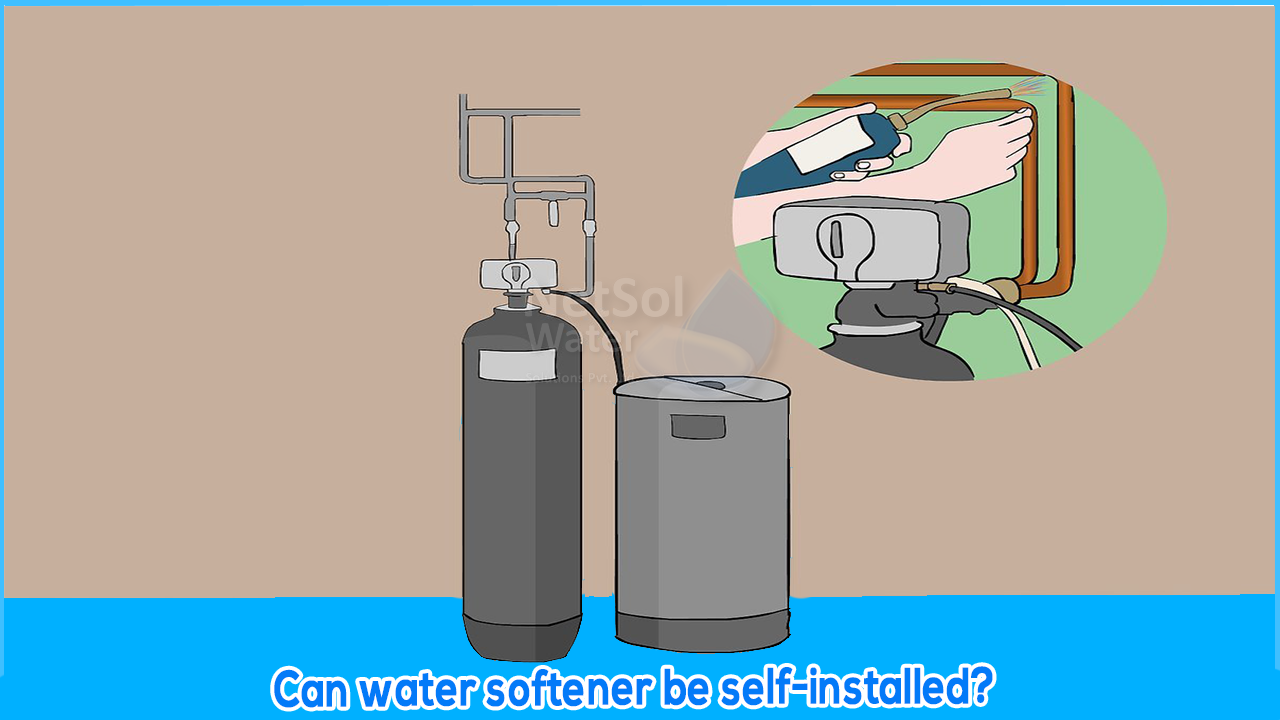In your home, hard water can be a real issue. The effects of hard water can be felt throughout user's home. Dry, irritated skin and brittle hair are unfortunate side effects of hard water, which dehydrates the body and hair by removing moisture. Another effect of hard water is that user clothes can fade over time. The user's home will also bear the brunt of the hard water. Hard water can stain fixtures, sinks, and bathtubs, and scale build-up can eventually cause damage to their home's plumbing system. Because of the numerous negative side effects of hard water, many people choose to have water softeners installed in their homes. An in-home water softener can help protect your home, appliances, and clothing while also saving you money in the long run.
Once the decision to install an in-home water softener system has been made, the logistics must be worked out.
HOW TO GET A HOME WATER SOFTENER INSTALLED?
While customers can absolutely install a water softener themselves, especially if they are handy around the house, there are several factors that they should consider before deciding if this is something that they want to do.
WATER SOFTENER CHECKLIST
Every water softener installation scenario is different, but general plumbing requirements and checklists are the same, beginning with turning off your main water supply, draining your water lines, and connecting all of the plumbing connections.
To begin, most water softeners include a bypass valve that must be assembled and connected to the unit. Local plumbing codes may also require the installation of shutoff valves where the pipes lead to and from the bypass valve so that the softener can be easily turned off in an emergency.
One will need to cut into the water supply line with a pipe cutter to run two lines to the bypass valve's inlet and outlet ports. Hard water from the water supply enters the softener inlet, while soft water exits to supply softened water to the home's appliances and fixtures.
Following that, cut and install the pipes leading to the bypass valve. Before connecting to the valve, solder the fittings. Connect the softener's drain hose to the softener and run it to the drain. To prevent backflow of wastewater, the end of the hose should be at least a couple inches above the drain hole.
Check that the floor beneath your salt storage tank is clean and level, but do not add salt to the tank at this time. Set the bypass valve to the bypass position and turn on the water to run water through the softener and flush out any sediments. Run the water for a few minutes to clear the system of any foreign material left over from the installation.
PROFESSIONALS FOR INSTALLING WATER SOFTENER?
Hiring a professional to install your water softener has numerous advantages. One advantage is that they will be able to test your water for suitability. A water professional will be able to test for various minerals as well as whether or not there are any other issues in the water that you are not aware of. It's also a good idea to consult an expert before purchasing a water softener system. A professional can analyse their water and recommend the best system for their specific water type.




